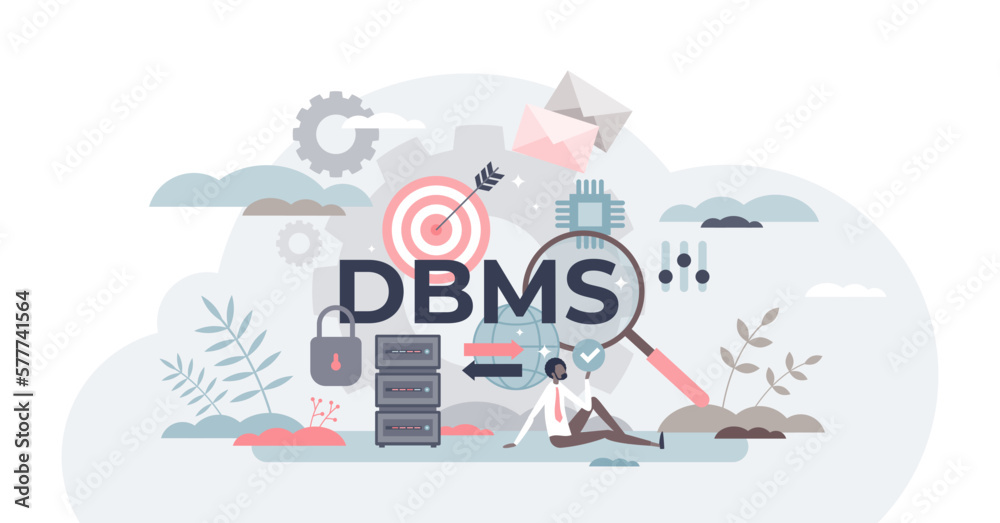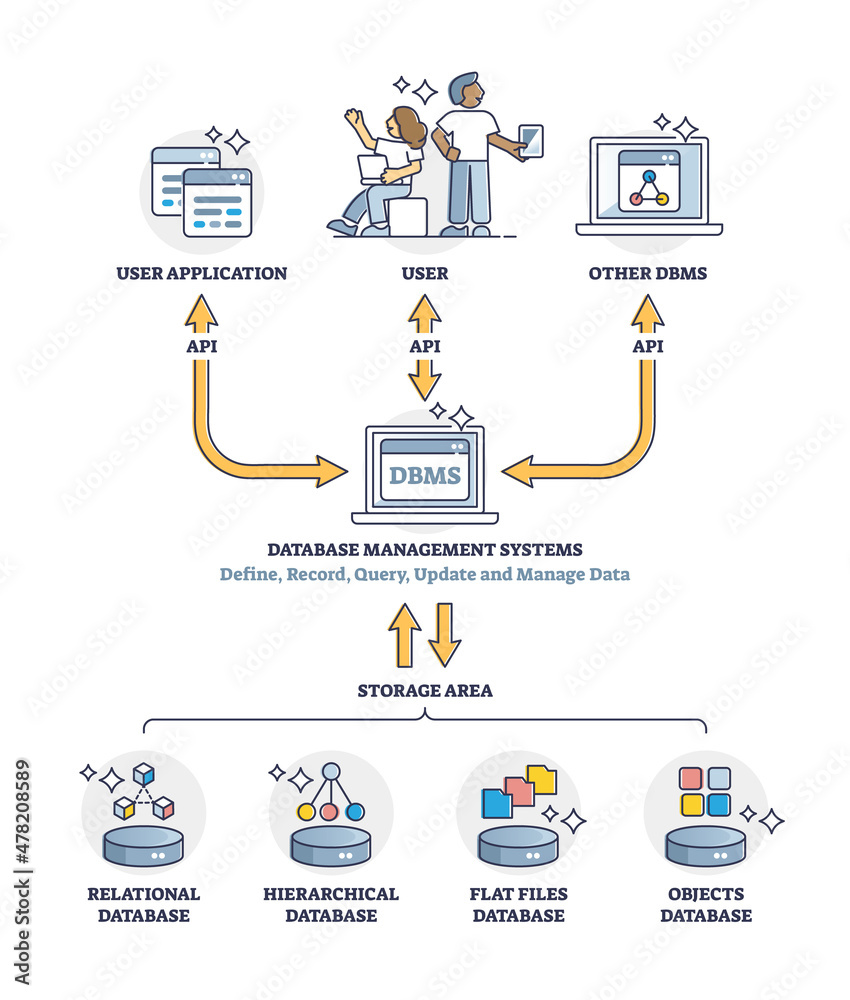Database Basics for Beginners
 Anubhav Kumar Gupta
Anubhav Kumar Gupta
Data: The Raw Ingredient.
Data is the most basic unit of any information system. It's unprocessed, raw facts that, on their own, might not make much sense. For instance, a list of numbers, names, or dates is just data until it's organized or analyzed.
From Data to Information.
When data is processed and given context, it becomes information. Information is data that has been arranged or interpreted to provide meaning. For example, the temperature readings throughout the day become useful information when they are organized to show weather patterns.
Records: The Building Blocks.
Records are collections of logically related data. These records bring together bits of information that relate to each other in a meaningful way.
For instance, in a student database, a record might consist of a student's name, ID, courses, and grades all data points that are logically connected.
What is a Database?
A database is a collection of these logically related records, all stored systematically in a computer system. It organizes the data so it can be easily accessed and managed. Here are a few examples of databases in action:
Banking Information: Stores all transactions, account details, and customer information.
Airline Reservations: Manages flight schedules, passenger bookings, and ticketing.
University Systems: Keeps track of student registrations, grades, and course offerings.
Sales Management: Organizes product details, purchase history, and customer information.

DBMS: The Organized Collection
A Database Management System (DBMS) is specialized software designed to handle all the heavy lifting when it comes to managing data.
Whether you're inserting, deleting, updating, or accessing data, the DBMS makes it easier and more efficient.
Think of it as the middleman that connects users with the database, making sure that everything runs smoothly.
In Conclusion
In this Article, we've explored the fundamentals of data, information, records, and databases, along with the role of a Database Management System (DBMS). Data starts as raw facts, becomes information when processed, and is organized into records within a database. The DBMS is the software that makes managing all this data efficient and user-friendly.
Don't miss our next post: Flat files vs. DBMS - A must-read!
Subscribe to my newsletter
Read articles from Anubhav Kumar Gupta directly inside your inbox. Subscribe to the newsletter, and don't miss out.
Written by

Anubhav Kumar Gupta
Anubhav Kumar Gupta
I'm Anubhav Kumar Gupta, a passionate Data Engineer at Infometry Inc. with expertise in Python, SQL, and Data Engineering. I love solving complex problems, optimizing data pipelines, and integrating back-end technologies.